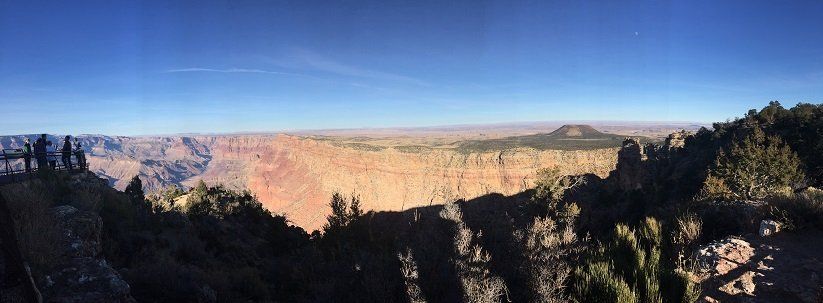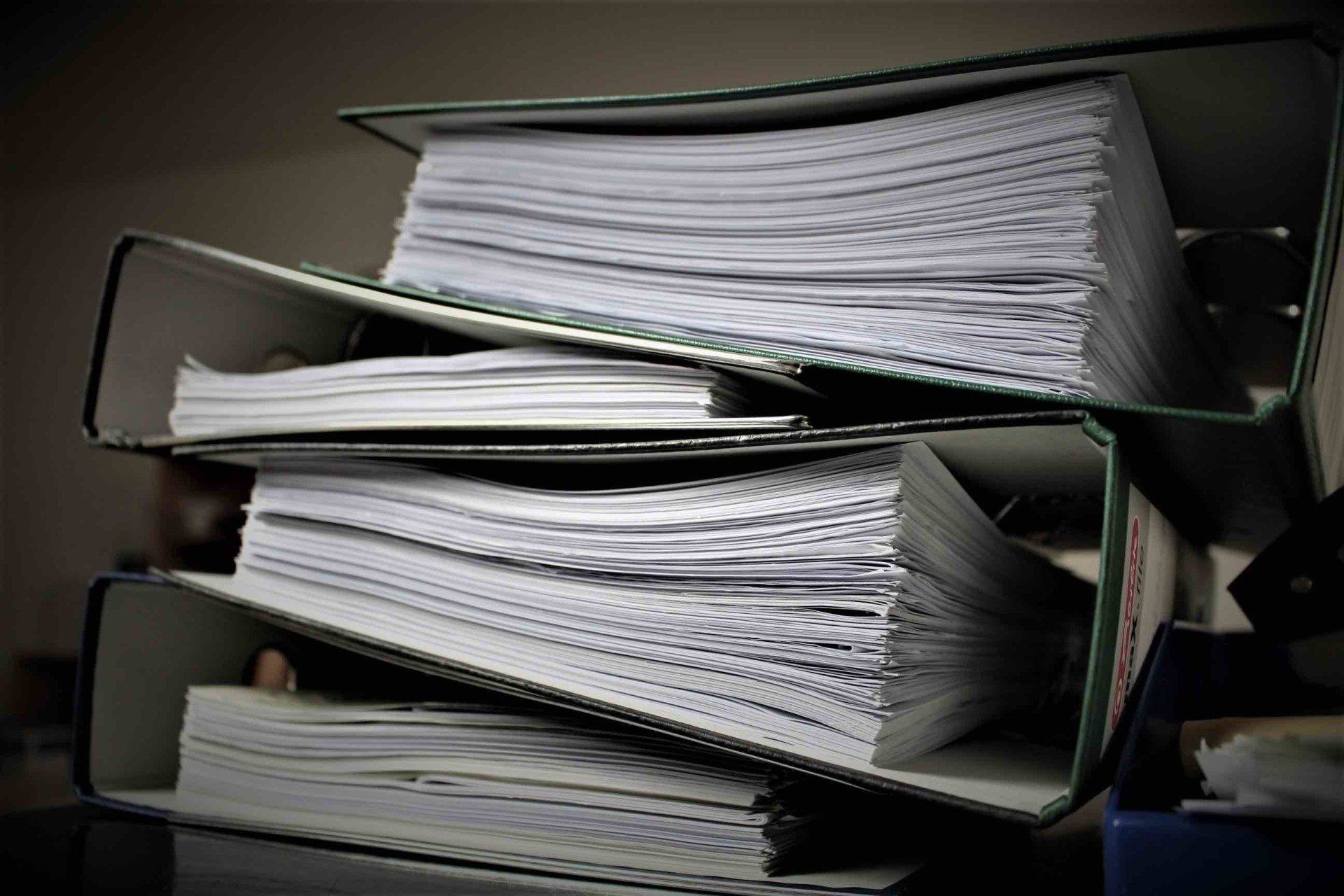
The Grand Canyon
A while ago, I got to go and see one of the seven natural wonders of the world, the Grand Canyon.
We drove to the South Rim from where we were staying, and arrived in the late afternoon. It was hot and sunny, and we didn’t really know what to expect from the wonder. As we rolled in, there were lots of trees and shrubbery around, making it difficult to see the canyon yet. We drove through several different parking lots until we found a place to park. It was surprisingly busy!
From the parking lot, we walked down until we found a path going along the South Rim, and followed it, enjoying the breathtaking views along the way. There were lots of areas along the ridge that allowed you to sit on the ledge and look over the canyon, without the risk of falling down into the canyon.
At one point, we found a trail heading down into the canyon, and we went part of the way down. Part way, we stopped at a funny little outcrop to enjoy the view. In a future visit to here, I would enjoy hiking all the way down to see the wonder from a different perspective. After this, we hiked back up and continued on our way.
As we walked around, we came to a tower with a fantastic view of the canyon. In the bottom of the tower was a shop with souvenirs, and we went up a winding staircase to the top of the tower. At the top, a thick wooden door led to a large balcony with a fantastic view of the canyon. By the time we got here, we were able to catch the sun setting over the natural wonder. The sunset filled the sky and the Grand Canyon with breathtaking shades of yellow, red, and orange. It was an incredibly memorable end to a beautiful day at the Grand Canyon.



